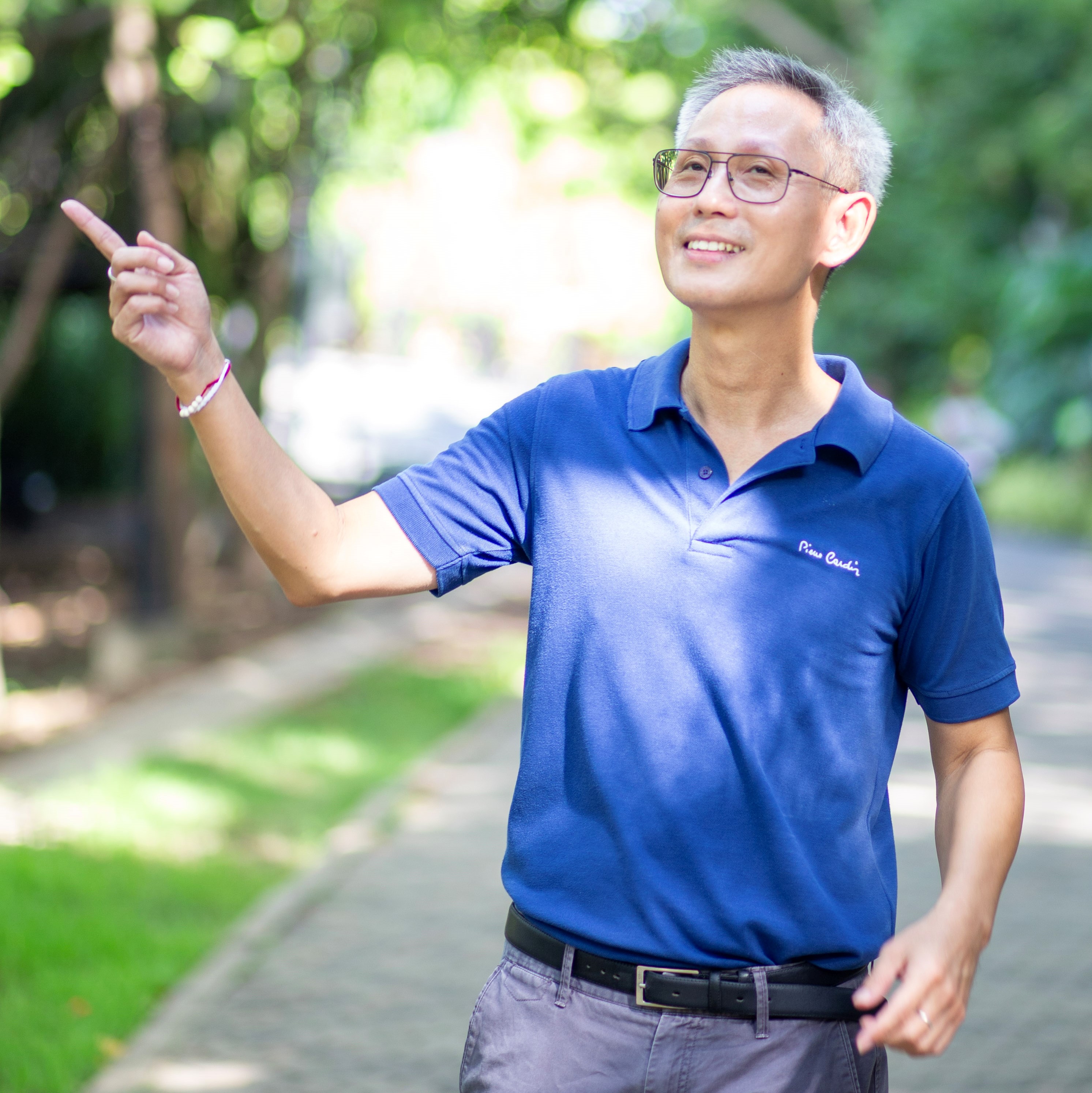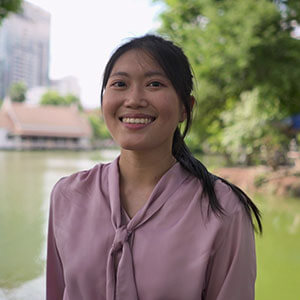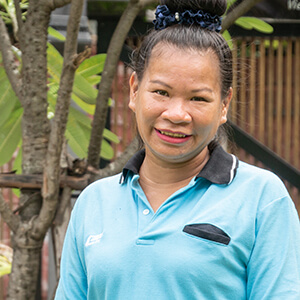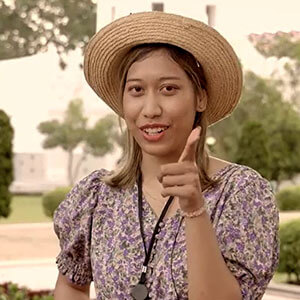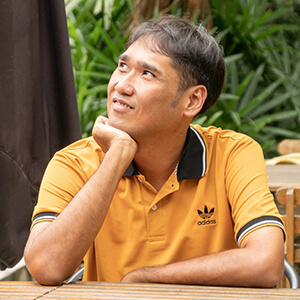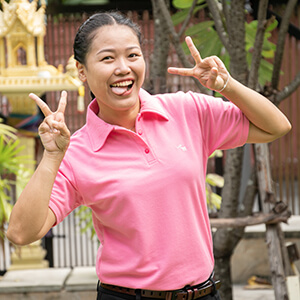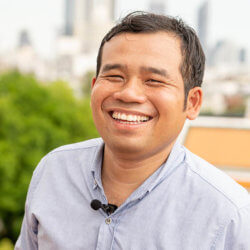Ayutthaya stands as Thailand’s most significant archaeological treasure, a UNESCO World Heritage Site that offers visitors an extraordinary journey through 400 years of Siamese history. This ancient capital, founded around 1350, presents a sprawling complex of temple ruins, royal palaces, and Buddhist monasteries scattered across a river island 80 kilometers north of Bangkok.

A Living Museum of Ancient Siam
The Ayutthaya Historical Park encompasses 289 hectares containing 95 historical sites, including 67 temple ruins and 4 active temples that continue to serve Buddhist communities. The park’s western section houses the most spectacular ruins, while the modern city occupies the eastern areas. Historians recognize Ayutthaya as one of the world’s most prosperous cities during its zenith in the 17th century, with a population exceeding one million residents and extensive international trading networks spanning from China to Europe.
The Burmese invasion of 1767 devastated this magnificent capital, leaving behind the haunting prang (reliquary towers) and monastery foundations that visitors explore today. The city’s systematic destruction resulted in the scattered Buddha heads and damaged statuary that now define Ayutthaya’s iconic appearance, creating one of Southeast Asia’s most photographically compelling archaeological sites.
Essential Temples and Architectural Highlights
Wat Phra Si Sanphet serves as the park’s crown jewel, featuring three distinctive chedis that once held the ashes of Ayutthaya kings. This royal temple, which inspired Bangkok’s Wat Phra Kaew design, represents the pinnacle of classical Thai architecture with its geometrically aligned smaller prangs surrounding the central structures.
Wat Phra Mahathat houses the famous Buddha head entwined in banyan tree roots, arguably Thailand’s most recognized archaeological image. The temple’s scattered headless Buddha statues tell the story of systematic destruction while maintaining profound spiritual significance for Buddhist pilgrims.
Wat Ratchaburana offers visitors access to underground crypts decorated with surviving murals, providing rare glimpses of 15th-century Thai artistic traditions. Recent restoration work funded by German cultural preservation programs has stabilized these invaluable wall paintings for future generations.
Practical Visiting Information for 2025
Entry fees remain affordable with no charge for park access, though individual temples require 50 THB entrance fees for foreigners. Combined tickets covering 3-6 major temples cost approximately 230 THB, offering significant savings for comprehensive visits. The park operates daily from 8:30 AM to 4:30 PM, with optimal visiting conditions between November and March when temperatures range from 20-30°C.
Modern Amenities and Tour Options
Bicycle rentals at the train station offer eco-friendly exploration for 200-300 THB daily, while tuk-tuk guides provide comprehensive half-day tours for 200 THB per hour. Professional guided tours enhance the experience significantly, offering historical context often missing from independent visits. The recently opened Million Toy Museum provides family-friendly diversions between temple visits.
Ayutthaya represents an essential cultural component of any comprehensive Thai itinerary. The site’s ongoing UNESCO-supported restoration projects ensure preservation of this invaluable heritage while maintaining accessibility for educational tourism.
Combined with nearby Bang Pa-In Royal Palace visits, Ayutthaya offers full-day cultural immersion experiences that showcase Thailand’s transition from ancient kingdom to modern nation. Early morning visits provide optimal photography conditions and smaller crowds, while afternoon departures align perfectly with Bangkok’s evening entertainment schedules.
Visit this attraction on a Private Custom Day Tour around Ayutthaya.

